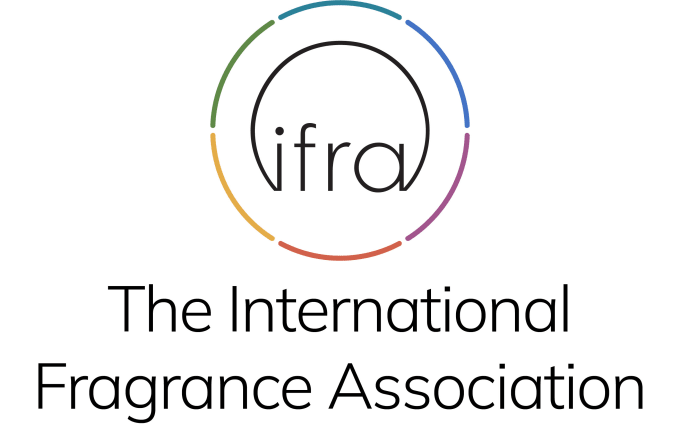
Photo credits: ScenTree SAS
Jasmonal H®
Hexyl Cinnamaldehyde ; Hexyl Cinnamaldehyde ; 2-(phenylmethylidene)octanal ; 2-benzylidene octanal ; Hexyl cinnamal ; Hexyl cinnamic aldehyde ; 2-hexyl-3-phenyl-2-propenal ; Alpha-N-hexyl-beta-phenyl acrolein ; 2-(phenylmethylidene)octanal

Photo credits: ScenTree SAS
| Company | Ingredient Name | ID | Comments | Naturality | Certifications | Purity | Latin name | Treated part | Geographical origin | MOQ |
|---|---|---|---|---|---|---|---|---|---|---|
|
|
Jasmonal H - 30 Gr | - |
Visit website
|
- | - | - | - | - | - |
General Presentation
-
CAS N° : 101-86-0
-
EINECS number : 202-983-3
-
FEMA number : 2569
-
FLAVIS number : 05.041
-
JECFA number : 686
-
Appearance : Colorless liquid
-
Density : 0,955
-
Volatility : Heart
-
Price Range : €
Physico-chemical properties
-
Molecular formula : C15H20O
-
Molecular Weight : 216,32 g/mol
-
Log P : 5,3
-
Fusion Point : 18°C
-
Boiling Point : 311°C
-
Detection Threshold : Donnée indisponible.
-
Optical rotation : Donnée indisponible
-
Vapor pressure : Donnée indisponible
-
Refractive Index @20°C : Donnée indisponible
-
Acid Value : Donnée indisponible.
-
Flash Point : 151°C
Uses
Uses in perfumery :
Jasmonal H® is used in notes of jasmine and lily of the valley, for a waxy facet, close to narcissus, and for trail. Formerly used to replace Hedione®.
Year of discovery :
1930
Natural availability :
Jasmonal H® is found in trace amounts in Roman Chamomile EO and rice. However, it is the synthetic Jasmonal H® that is most often used in perfumery.
Isomerism :
Jasmonal H® has two possible diastereoisomers. However, it is the mixture of the two isomers that is used in perfumery.
Synthesis precursor :
Jasmonal H® is not a precursor to the synthesis of another compound of olfactory interest.
Synthesis route :
As for Jasmonal A®, the synthesis of Jasmonal H® is made by condensation of benzaldehyde with Octanal (Aldehyde C-8), using an excess of benzaldehyde and gradually adding the Aldehyde C-8 in the reaction medium in order to avoid its self-condensation.
Regulations & IFRA
Allergens :
This ingredient does not contain any allergen.
IFRA 51th :
This ingredient is restricted by the 51th amendment
- Quantitative limit on the use :
-
Cat.1 Cat.2 Cat.3 Cat.4 Cat.5A B C DCat.6 1,8 % 0,53 % 11 % 9,9 % 2,5 % 2,5 % 2,5 % 2,5 %5,8 % Cat.5A B C DCat.6 2,5 % 2,5 % 2,5 % 2,5 %5,8 % Cat.7A BCat.8 Cat.9 Cat.10A BCat.11A BCat.12 20 % 20 %1 % 19 % 69 % 69 %38 % 38 %No Restriction Cat.10A BCat.11A BCat.12 69 % 69 %38 % 38 %No Restriction



